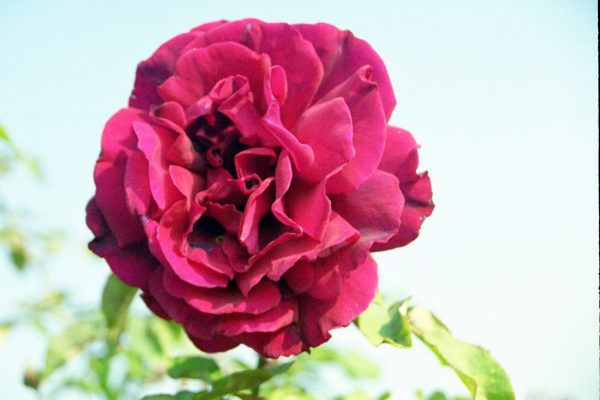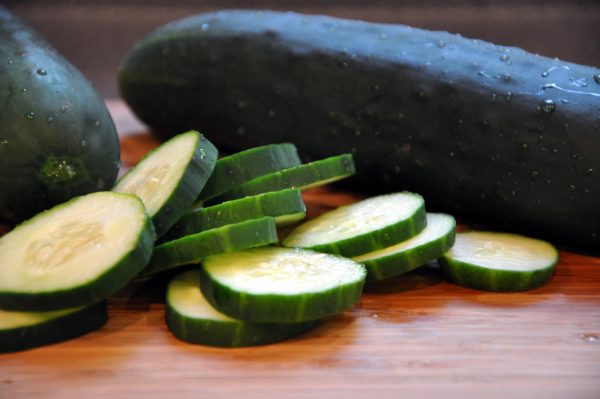Rose – Buying and Planting

THE RIGHT SITE Roses require a minimum of six hours of sunlight each day. Where some shade cannot be avoided, find a location with morning sun at least. Morning sun will help dry dew from the foliage and reduce leaf diseases.
You’ll have happy roses if they are watered regularly during the summer. Sprinkling them from above won’t do because the leaves should always stay as dry as possible. My favorite way to water is with a rubber soaker hose snaked under the plants. I have an inexpensive water timer which attaches to a faucet and which can be set to deliver fifty gallons of water and then shut itself off. If you use my technique, you’ll need to site your roses within fifty feet of a faucet.
THE RIGHT PLANT Expect to pay higher prices for the best quality plants. Buy from reputable sources — a good garden center or nursery, an established rose company or a well-known mail-order source. Cheap plants are just that — cheap — and will often produce poor growth and flowers.
Rose plants are usually graded No. 1, 1-1/2, and 2, based on the size and number of canes. Grade No. 1 indicates top quality. These plants have three to five canes (3/8 inch diameter or larger) 18 inches long. Grade No. 1-1/2 plants will have two canes 15 inches long. Grade No. 2 plants will have two canes 12 inches long. Buy plants with vigorous-looking canes and avoid those that look shriveled or discolored.
THE RIGHT SOIL Next to sunlight, nothing is more important to roses than the soil. Roses require a well-drained, moderately fertile soil having a pH of 5.5 to 6.5 Air spaces between soil particles are essential for air and water movement into and out of the soil. My neighbor has a rose planted in heavy clay soil near the street. His plants produce a few blooms each year but they would be much happier if he dug them up, made the soil looser and put them back in place. Better yet, he could make a small raised bed with two bags of topsoil and his roses would be ecstatic!
THE RIGHT PLANTING TECHNIQUE Thoroughly dig up the planting area at least 12 inches deep and remove rocks and debris. The best practice is to prepare the soil in an entire bed instead of digging individual holes. Mix a 3-inch layer of organic matter, such as composted pine bark or manure, thoroughly into the bed.
Plant spacing in the rose bed depends on the variety and growth rate. An average spacing is 3 to 4 feet apart. Dig a hole large enough to accommodate the root system without crowding. To set the plants at the correct depth, construct a cone-like mound of soil in the middle of each hole. The cone should be high enough so that, when the plant is set on top, the level of the graft union (the swollen area of the main stem) is about one inch above the soil level. Separate and spread the roots around the cone.
Partially fill the hole with soil, shaking it between the roots. When the roots are covered, fill the hole with water and allow it to soak into the soil. Then finish filling the hole. Use your hands to build a ring of soil about 4 inches high around the perimeter of the planting hole. This directs water to the roots while the plant is getting established.
All of this work may seem unnecessary — but successful rose growers are not dainty dilettantes. They’d never put a 10-dollar plant in a 2-dollar hole. To have blooms like the label promises, you have to expend the necessary energy at first so you can enjoy the bounteous blooms later.
MORE INFORMATION:
Rose Culture for Georgia Gardeners

rose















